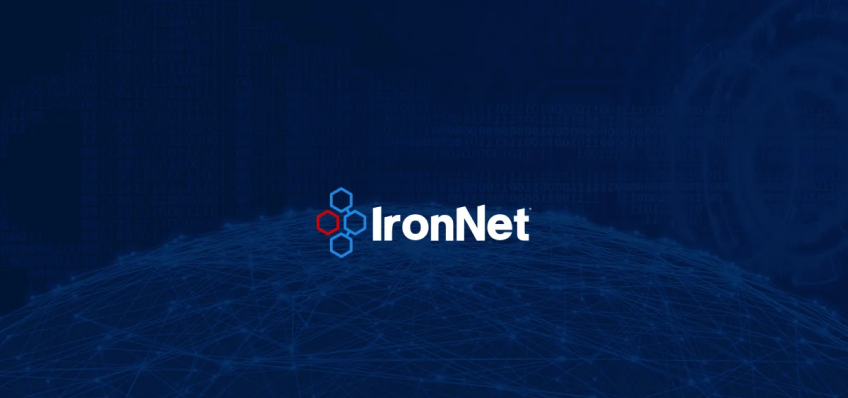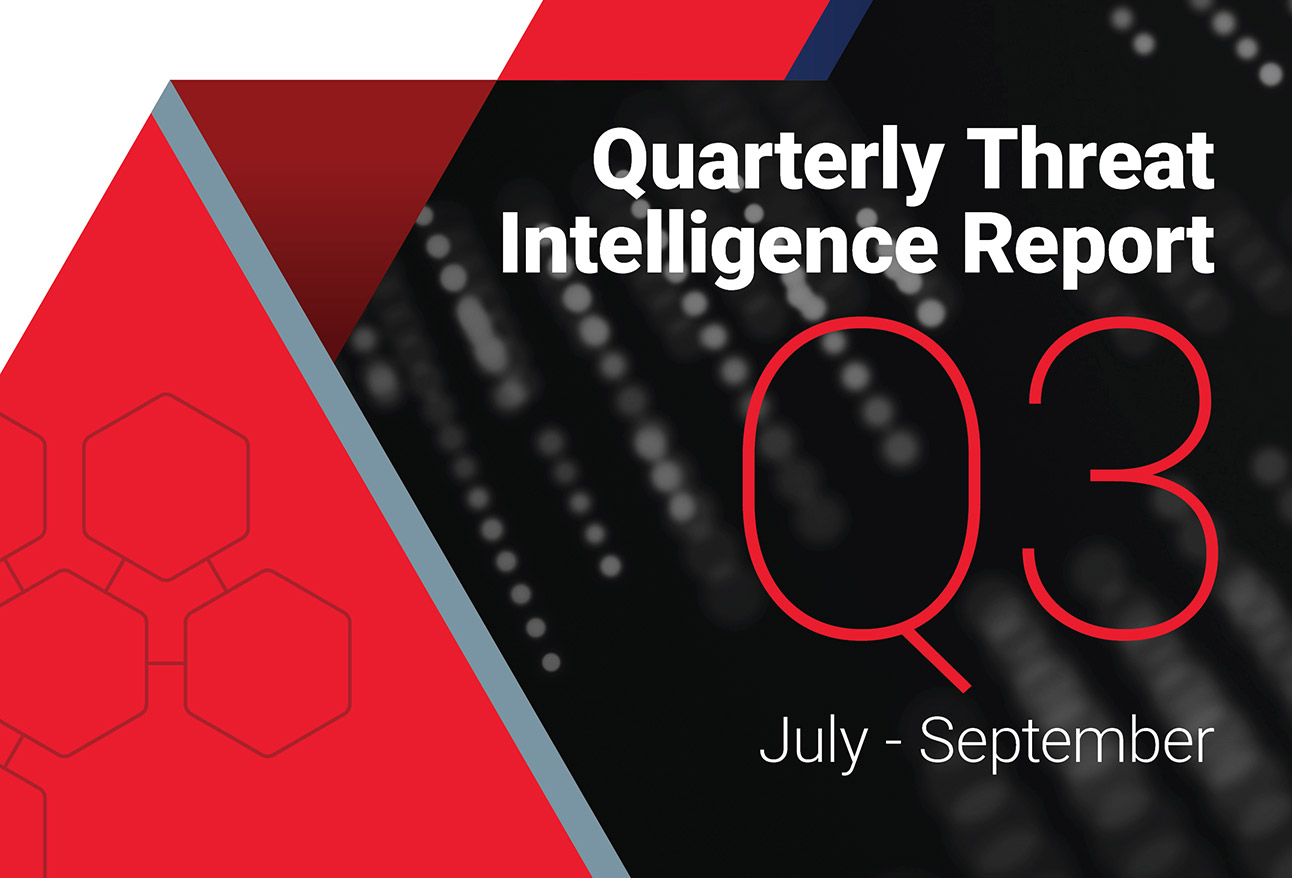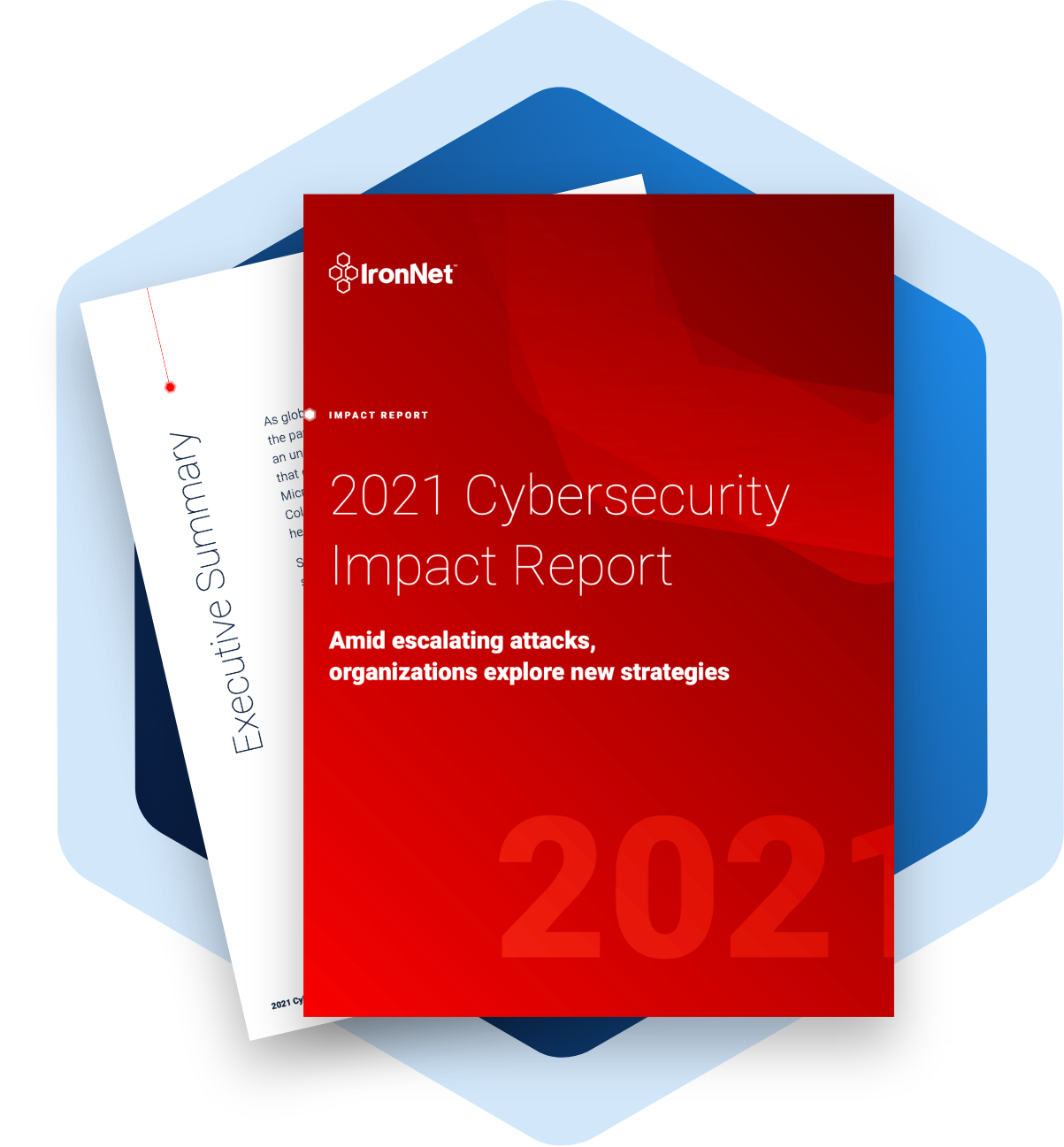Protecting your enterprise from cyber threats is no simple feat, especially as more and more companies are in danger of becoming compromised via new malwares and threat campaigns. To protect your company, sector, or nation, your cybersecurity vendors need to be at the top of their game. But how can you be sure which cybersecurity vendor is a good fit for your company, while also making sure they’re capable of protecting your enterprise? IronNet has put together a checklist of the top five elements your cybersecurity vendor must have. Along the way, we’ll show you how IronNet is the solution for you.
1. Detecting cybersecurity threats
Network Detection and Response (NDR) has become imperative in today’s cybersecurity climate. Endpoint detection tools (such as signature-based detections) can detect some threats, but threat actors can easily change signatures to avoid being detected during future attacks. By leveraging advanced behavioral analytics, NDR systems detect “unknown unknowns,” or threats that do not yet have signatures or Indicators of Compromise (IOC) associated with them. These behavioral analytics detect what signatures miss, increasing your visibility and highlighting possible malicious activity in your network.
As an advanced NDR tool, IronNet’s IronDefense NDR solution improves visibility across the threat landscape while detecting threats more efficiently within your network environment. With its proprietary behavioral analytics, which map threats to the cyber kill chain, IronNet shows you what is happening in real-time on your network. This foresight into your environment allows you to proactively defend against unknown threats by detecting anomalous behaviors before attackers can act.
2. Increase the effectiveness of existing resources
It's no secret that there aren’t enough cybersecurity specialists to help defend organizations, both bug and small. The ratio of the volume of network traffic versus the number of analysts to investigate that traffic is severely lopsided. All organizations face a daily struggle trying to stay ahead of hackers constantly posing a threat while not overwhelming their analysts. Simply put, there just aren’t enough top analysts to defend our networks. And those at digitally mature companies are overburdened. Companies need a cybersecurity vendor that can reduce the burden on analysts and amplify existing resources.
IronNet’s IronDefense NDR platform can already integrate seamlessly with existing SOC resources such as security information and event management (SIEM); security orchestration, automation, and response (SOAR); endpoint detection and response (EDR); firewalls; and other security infrastructure tools. In addition, IronDefense’s proprietary Expert System vets, prioritizes, and rates alerts long before they reach analysts. It automates the acquisition of contextual data and applies security playbooks written by IronNet defensive subject matter experts that reduce the load on analysts by enabling them to make faster and better triage decisions.
3. Reduce the impact of an attack
As global headlines indicate, cyber attacks are becoming more prevalent and dangerous. In December of 2021, news broke of a widespread series of network intrusions based on a software supply chain compromise of IT service provider SolarWinds. The SolarWinds/SUNBURST incident affected nearly everyone, with some companies losing 11% of their annual revenue due to the event. The severity of this attack proves how nation-state threat actors are becoming more and more capable, and how your cybersecurity vendor needs to be able to reduce any impact their attack may have.
Incidents such as SolarWinds/SUNBURST are why IronNet was founded. Our advanced behavioral analytics and machine learning techniques found the suspicious behavior and our game-changing Collective Defense capability to crowdsource knowledge from our industry-leading clients helped them identify the new and novel threat. This allowed our clients to see the malicious behaviors that others missed, correlate it across other customer environments, and mitigate it before it could take effect. Had a large percentage of those exposed to SolarWinds detected the behavior and been sharing information about this potential threat and collaborating on it in real-time - as is possible with IronNet’s Collective Defense solution – it is likely that the campaign would have had less of an impact.
4. Improve your cybersecurity posture
Whether you can see it or not, your network is likely under attack from automated malicious software, people trying to steal your confidential data, and people looking for a foothold to stage further attacks against other companies or individuals. These network attackers use a variety of methods to hide their malicious behavior from most security tools. Your organization needs to keep evolving their cybersecurity posture to stay ahead of developing threats; however, it can be hard to see the gaps in your own organization without a third-party perspective.
IronNet’s Professional Services can help you assess and strengthen your cybersecurity posture by leveraging our expertise defending the most secure commercial and government networks in the world. Our Governance and Maturity Services help you benchmark your existing cybersecurity program and develop a strategy to improve on key areas of concern. Our Cybersecurity Readiness Services test your program implementation to identify gaps in your coverage across toolsets, personnel, and processes, in turn delivering actionable findings to improve in those areas. We also provide cybersecurity training to help fill in any gaps discovered. And if a breach occurs and crisis ensues, our Incident Response Services offer a full suite of capabilities to assess, contain, and respond to the breach and manage the entire Incident Response (IR) process.
5. Defend collectively
Attackers are getting more powerful, in part due to a rise in collaboration, or “collective offense.” Simply put, the bad actors are collaborating more quickly, effectively, and profitably than ever. This is especially evident in their increased sharing of data and exploit tools on the dark web to successful breaches, cyber-offense outsourcing by nation-state actors, and the rising cottage industry of various independent “cyber mercenary” groups. The current path of cyber defense to continually increase spending to defend individual silos in a digital, interconnected world is unsustainable. As a result, organizations need a new cyber defense strategy to keep pace with cyber threats.
What they need is Collective Defense. Participants in a Collective Defense ecosystem like IronNet’s can work alongside peers throughout and across industries. This is essentially what you could consider “defensive economies of scale” to stay ahead of the threat. With IronNet’s Collective Defense solution, participants can actively distribute cyber threat insights at machine speed across the community of public-private peers. This crowdsourced threat-sharing capability allows companies to identify stealthy attackers earlier in the attack cycle when many of the adversarial methods fall below the threshold of detection at a single company. The community can provide triage and response insights based on real-time feedback, which allows participants to take immediate action to mitigate the active threats. By banding together, all Collective Defense participants are better able to optimize resources to achieve “defensive economies of scale.”
The solution for you
While the five elements we believe are necessary in a cybersecurity vendor are important on their own, a vendor that has all five of these elements only increases their capabilities in defending your company or organization. As demonstrated in this article, IronNet not only has the NDR capabilities to detect and mitigate threats in your network, but we also provide training and professional services to strengthen your cybersecurity posture. Most importantly, IronNet’s Collective Defense solution enables customers to have greater threat visibility in real time, improved effectiveness of existing resources, and faster triage and response with peers.
.png)



